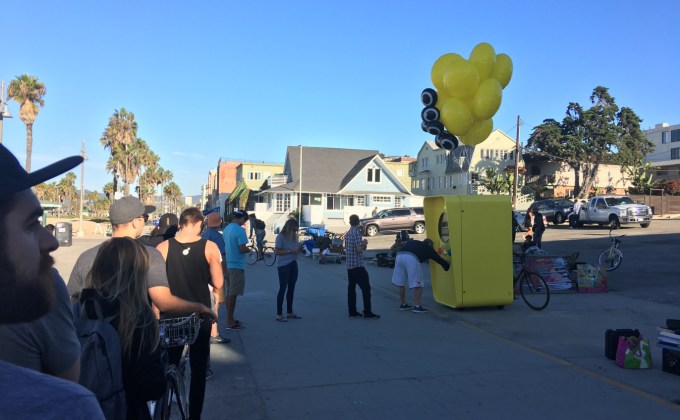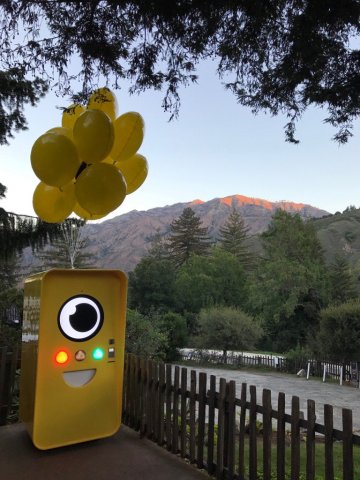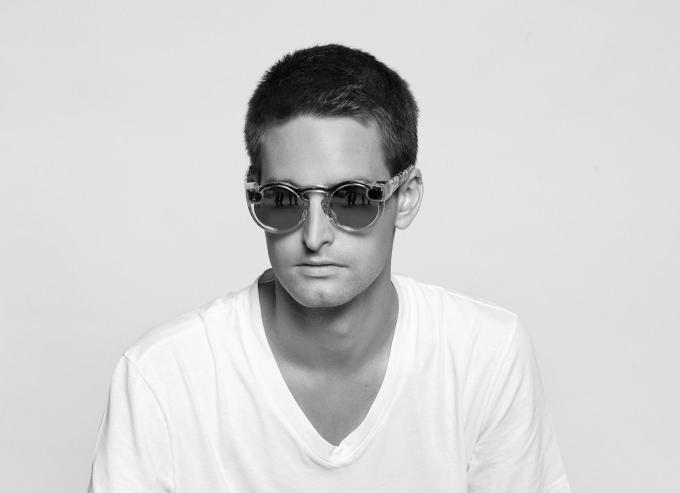Youngster app sensation Houseparty will get some opposition as fb Messenger is launching its personal break up-display institution video chat characteristic. Six users can seem in break up-display at the time and don Snapchat-style selfie mask, while 50 general can concentrate and communicate over voice while sending textual content, stickers, emojis, and GIFs.

The function should make a Messenger a place to “livechill” with friends instead of only a manner to send texts to alternate more utilitarian statistics or plan logistics. as opposed to simply popping in to fire off messages, you may cling out for extended periods on the app. facebook frames it as “perfect for the ones spontaneous moments in which text just isn’t enough”.
group video chat starts rolling out worldwide on iOS, Android, and net, these days, although Android will have to wait for the MSQRD-powered selfie mask that might not ever come to computing device. It’s unfastened on wireless however widespread statistics expenses will practice on cell connections.
We’ve been waiting for this launch due to the fact Messenger launched one-on-one video calling in April 2015 and institution audio calling a yr later. 245 million humans make video calls on Messenger each month already, so this option ought to see speedy adoption.
The release makes Messenger the first famous western messaging app with organization video chat. It’s controlled to overcome FaceTime/iMessage, Google Duo, and Snapchat to the punch. Messaging pioneer WeChat brought it a year in the past. WhatsApp driven video calls final month, and may handle companies video thru Booyah. [Correction: WhatsApp lacks a native group video chat feature.] Google’s disregarded Hangouts app released a lot of these functions returned in 2013, however it hasn’t grow to be a middle area for textual content messaging, making it extra of a specialty app amongst Google’s fragmented conversation family.
facebook-organization-video-chatUS teens is probably maximum familiar with the format from the recent rise of Houseparty, the brand new app from the makers of Meerkat. We profiled Houseparty’s climb to one.2 million daily customers because it will become a laid-back “livechill” organization opportunity to laborious performances on live broadcasting apps like fb live. It’s in view that in brief climbed into the pinnacle 5 iOS apps and raised $50 million led by Sequoia.
Messenger group video chat works a touch in another way, but with a similar design. in place of absolutely logging into an ever-gift video chat room that notifies buddies like on Houseparty, you deliberately select pals or a group textual content thread to ask to a video call.
once in, as much as four Messenger customers can share huge slices of the display screen, even as Houseparty comprises eight. between 4 and six callers, the Messenger display switches to a gallery layout, with whoever is speaking taking over the majority of the screen with little thumbnails of all and sundry else at the lowest. And every body beyond the first 6 up to 50 callers will handiest be able to listen, communicate, and ship content however gained’t seem in the video gallery.
by means of embracing institution video chat, Messenger becomes more of a communication destination in preference to only a sporadically used device. in conjunction with its energetic Now characteristic, we should see it becoming greater of its own full-fledged actual-time social network, whilst fb proper becomes a hub for ingesting existing content material.









